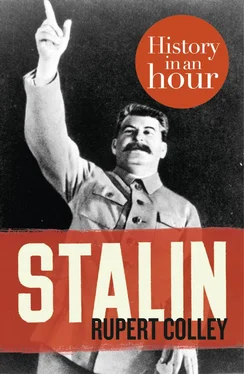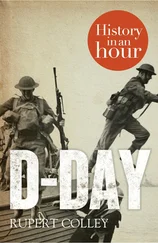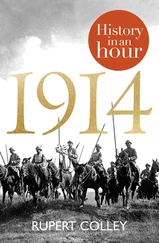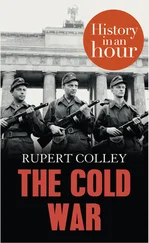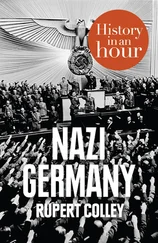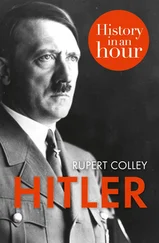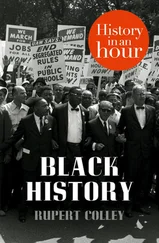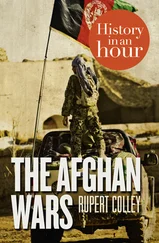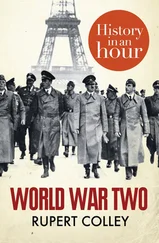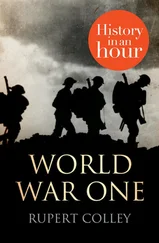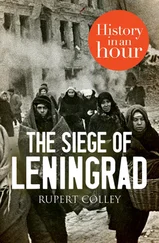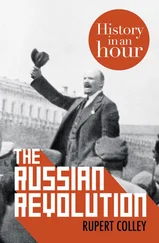Stalin’s mother, determined that he should have a respectable position in life and to repay God’s benevolence for his survival, sent him to a church school. Young Soso did well. He sang in the church choir and impressed his teachers with his intelligence and, in memorising large tracts of the bible, his excellent memory. Earning top marks, he graduated two years ahead of schedule in 1894. At the age of fifteen, Stalin was awarded a scholarship to the theology seminary in Tiflis. But the teenage Stalin was more taken with the writings of Marx and Engels than the bible and, declaring himself a Marxist and an atheist, joined the Russian Social Democratic Labour Party (RSDLP), extolling his fellow students at the seminary to do likewise.
Stalin the Revolutionary
In 1899, Stalin was expelled from the seminary, supposedly for his Marxist leanings. Having adopted the revolutionary name of Koba, the name of a Georgian Robin Hood-type folk hero, he worked for two years as a clerk at the Tiflis Meteorological Observatory – his only formal job. While working, he became involved in organising strikes, writing articles for socialist newspapers and making revolutionary speeches.
In 1901, avoiding arrest for agitation, Stalin fled to the Georgian coastal town of Batum where the RSDLP encouraged him to stir unrest among the workers of an oil refinery. In February 1902, Stalin helped organise a strike for which he was imprisoned. Having spent eighteen months in jail, he was deported to Siberia, his first of several periods of forced exile.
Stalin aged 23, 1902
In his attempts to avoid the Okhrana, Tsar Nicholas II’s secret police, Stalin adopted several different aliases and was constantly on the move. Yet, between 1902 and 1913, he was arrested six times, each time managing to escape and return west, often travelling on forged documents. The comparative ease of escape – merely hopping onto a westbound train – led to speculation that Stalin was in the employ of the Okhrana as a double agent. He was arrested for the final time in February 1913 and was exiled to various inhospitable parts of Siberia for four years. These years hardened him and made him cynical, the effects of which would be felt years later when he imposed his heartless rule over millions.
Stalin married his first wife, the devout Ekaterina Svanidze, nicknamed Kato, in 1906. To appease his in-laws, Stalin agreed to marry in an Orthodox church. Together they had a son, Yakov, born 18 March 1907, but with Stalin so often absent, busy inciting unrest, his wife and son saw little of their wandering revolutionary. Kato died of typhus in December 1907. She was 22. At her funeral, which, again, Stalin allowed to take place in an Orthodox church, he reputedly said, ‘this creature softened my heart of stone. She’s died and with her have died my last warm feelings for humanity.’ He ignored his son, who was brought up by the Svanidzes. In later years, Stalin ordered the arrest and execution of much of Kato’s family, including, in 1941, her brother, Alexander Svanidze, an old school friend of Stalin’s, who, thirty-five years before, had introduced him to his sister.
In 1907, Stalin participated in the political unrest in the Caspian port of Baku in Azerbaijan. Although he later exaggerated his role in Baku, he was certainly involved in organising strikes and producing a workers’ newspaper, for which he was again arrested, imprisoned and exiled east. A few years later in 1911, Stalin fathered a son by his landlady, Maria Kuzakova, while living in the isolated village of Solvychegodsk. The boy, called Konstantin, never had any contact with Stalin and in 1932 was forced into signing a statement agreeing not to reveal the identity of his father. He was arrested in 1947, accused of being an US spy, but soon released, very likely on the orders of Stalin.
Stalin aged 33, 1912
The RSDLP split into two factions in 1903 – Bolshevik and Menshevik. Stalin, an admirer of the writings of the lawyer and revolutionary, Vladimir Lenin, allied himself to the Bolshevik cause. His work at undermining the Mensheviks within Georgia and his involvement in a number of bank robberies in Tiflis to raise funds for the Bolsheviks, brought him to Lenin’s attention. He first met the Bolshevik leader on 7 January 1906 at a party conference in Tampere, Finland.
Lenin was impressed with Stalin, calling him the ‘wonderful Georgian’. Lenin appointed him to the Bolshevik Central Committee in 1912, although this had to be carried out in absentia as Stalin was serving a jail sentence. It was about this time that Stalin dropped his Georgian alias, Koba, and adopted instead the name Stalin. His birth name, Dzhugashvili, gave away his Georgian roots and was too difficult for his Russian colleagues to pronounce. The Bolsheviks were keen on their tough-sounding pseudonyms: ‘man of steel’ for Stalin; ‘man of stone’ for Lev Kamenev; ‘the hammer’ for Vyacheslav Molotov.
Revolutions and Civil War
The outbreak of the First World War in July 1914 accelerated the collapse of Tsar Nicholas II’s rule. Defeat on the Eastern Front, the loss of large swathes of Russia’s western territory to Germany, food shortages and economic hardship took its toll on Russia’s fragile infrastructure.
The February Revolution
In early March (late February by the Old-Style Julian Calendar), strikes broke out in Petrograd – the Tsar renamed St Petersburg to the less Germanic-sounding Petrograd in August 1914. Much of the population took to the streets and demonstrators formed councils of workers, or ‘Soviets’. On 15 March, former members of the Duma, Russia’s parliament, formed a Provisional Government. On the same day, Nicholas II was forced to abdicate. After 304 years, the Romanov dynasty was no more. The Tsar and his family were kept in various safe houses and were at Yekaterinburg in the Urals when Lenin finally ordered their murder on the night of 17 July 1918.
Together, in an uneasy alliance, the Provisional Government and the Soviets – comprising mainly Mensheviks and Socialist Revolutionaries – ran the country. This dual power was necessary as the Government needed the support of the Soviets, and the Soviets felt unprepared to take on full power.
Stalin, in common with all leading Bolsheviks, missed the February Revolution. He was still living in Siberian exile. He returned to Petrograd on 12 March with his friend Lev Kamenev, wearing the same suit in which he was arrested four years earlier. He lodged with the Alliluyevs, a family he had known since 1904, when he first met the two-year-old Nadya, his future wife. Stalin, it was said, saved the infant from drowning. He may have had an affair with Olga Alliluyeva, his future mother-in-law. Now, in 1917, the sixteen-year-old Nadya was attracted to the thirty-eight-year-old daring revolutionary with his sweep of jet-black hair. Two years later, in 1919, the couple would be married.
Now resident in Petrograd, Stalin took over the editorship of the Bolshevik newspaper, Pravda (‘Truth’), from Vyacheslav Molotov. Molotov had used Pravda to criticise the Provisional Government which many in the Bolshevik party saw as little better than the autocratic Tsar it had replaced. But the Bolsheviks were a minority party, even within the Soviets, and Stalin, in an attempt to augment the Party’s standing, advocated a degree of cooperation with the Provisional Government. In April, Lenin returned from exile in Switzerland. Mocking the February Revolution and condemning the new government as ‘imperialistic through and through’ he censured Stalin for his conciliatory attitude towards it.
Vladimir Lenin, 1920
Stalin took heed and, in a rare occurrence, offered an apology. Throwing his full support behind Lenin, he toughened his stance not only against the Government but against other socialist parties.
Читать дальше
